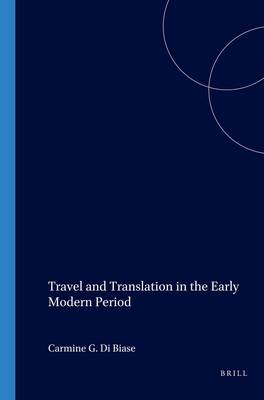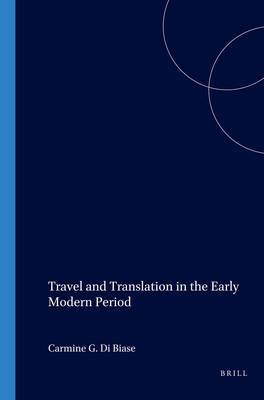
- Afhalen na 1 uur in een winkel met voorraad
- Gratis thuislevering in België vanaf € 30
- Ruim aanbod met 7 miljoen producten
- Afhalen na 1 uur in een winkel met voorraad
- Gratis thuislevering in België vanaf € 30
- Ruim aanbod met 7 miljoen producten
Zoeken
Travel and Translation in the Early Modern Period
€ 157,45
+ 314 punten
Omschrijving
The relationship between travel and translation might seem obvious at first, but to study it in earnest is to discover that it is at once intriguing and elusive. Of course, travelers translate in order to make sense of their new surroundings; sometimes they must translate in order to put food on the table. The relationship between these two human compulsions, however, goes much deeper than this. What gets translated, it seems, is not merely the written or the spoken word, but the very identity of the traveler. These seventeen essays--which treat not only such well-known figures as Martin Luther, Erasmus, Shakespeare, and Milton, but also such lesser known figures as Konrad Grünemberg, Leo Africanus, and Garcilaso de la Vega--constitute the first survey of how this relationship manifests itself in the early modern period. As such, it should be of interest both to scholars who are studying theories of translation and to those who are studying "hodoeporics", or travel and the literature of travel.
Specificaties
Betrokkenen
- Uitgeverij:
Inhoud
- Aantal bladzijden:
- 292
- Taal:
- Engels
- Reeks:
- Reeksnummer:
- nr. 26
Eigenschappen
- Productcode (EAN):
- 9789042017689
- Verschijningsdatum:
- 1/01/2006
- Uitvoering:
- Paperback
- Formaat:
- Trade paperback (VS)
- Afmetingen:
- 150 mm x 220 mm
- Gewicht:
- 498 g

Alleen bij Standaard Boekhandel
+ 314 punten op je klantenkaart van Standaard Boekhandel
Beoordelingen
We publiceren alleen reviews die voldoen aan de voorwaarden voor reviews. Bekijk onze voorwaarden voor reviews.







